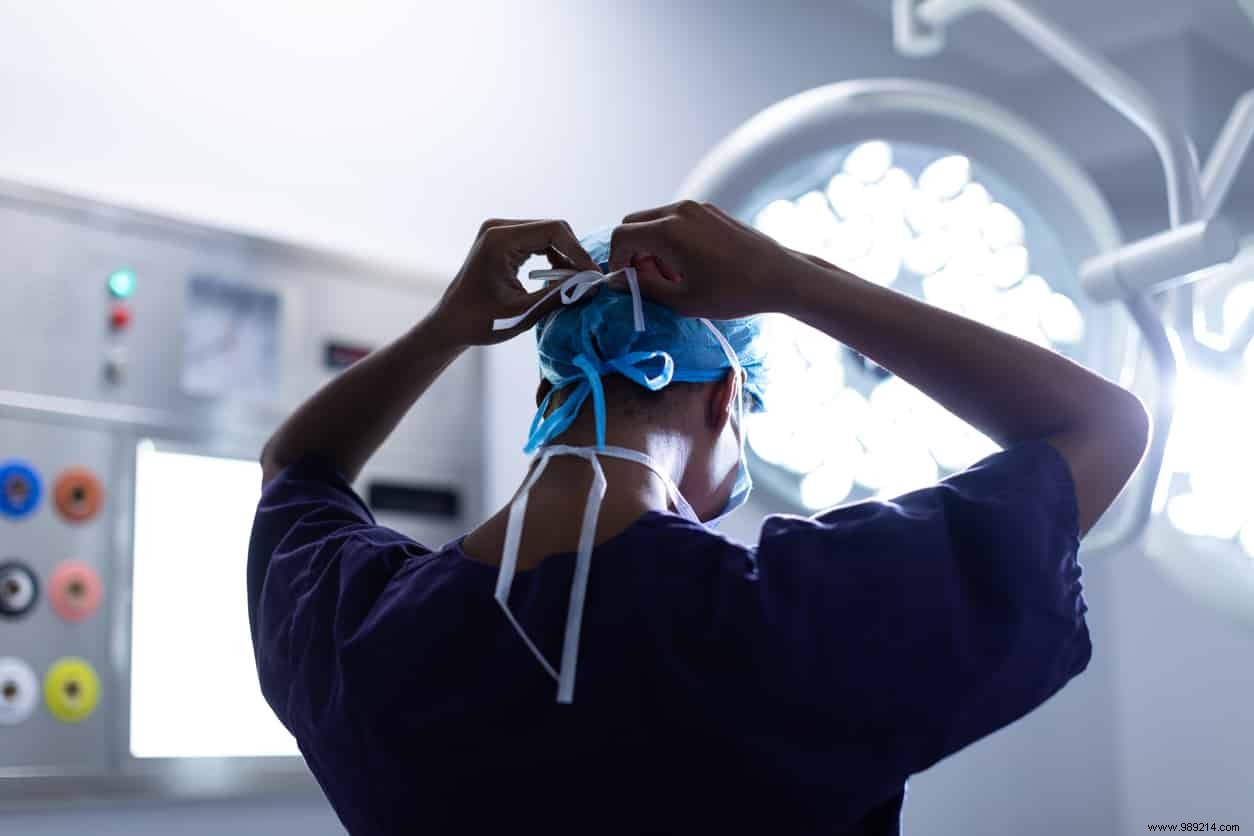A team sought to establish the incidence of connected consciousness after tracheal intubation in patients under general anesthesia. It appears that about 10% of the subjects were still partially conscious during the intervention. Of this sample, half would also have felt pain.
We often distinguish two opposite states of consciousness:being conscious and unconscious. The first is usually characterized by a response to external stimuli. In contrast, the state of unconsciousness can be defined by the absence of response to these same stimuli. However, the human brain is an incredibly complex machine. Also, the absence of response to stimuli does not necessarily mean that nothing is perceived. In other words, an absence of reaction does not necessarily guarantee a state of unconsciousness.
We then distinguish the state of connected consciousness . This designates an individual capable of perceiving the environment in which he finds himself and of responding to external stimuli. It opposes the state of disconnected consciousness . In this case, an individual does not show any sign of perception of what surrounds him. On the other hand, it is still able to perceive subjective content, generated internally by the brain.
These two states of consciousness are then distinguished from the state of complete unconsciousness which involves an absence of perception of external stimuli and internal subjective experiences.
In the field of anesthesia, the connected state of consciousness refers to a patient being somewhat aware of what is going on around him, even as he is asleep. As part of a study, a team of doctors sought to establish the incidence of this state of consciousness after tracheal intubation (tube inserted into the trachea to give the patient oxygen, medicine or anesthesia) in patients between the ages of 18 and 40. The study involved 338 subjects and ten hospitals around the world.
Once all of these patients were under general anesthesia and had their tracheal tubes inserted, the researchers asked them a series of questions to test whether they would answer. These questions were asked alongside commands such as "squeeze my hand" or "squeeze my hand twice if you feel pain".

Previously, the phenomenon was thought to occur in about 5% of patients. This new study, the results of which are reported in the British Journal of Anesthesia, at least doubles that estimate.
The researchers indeed found thatthirty-seven of the subjects (about one in ten) responded to stimuli during their operation. Of these people, half (about one person in twenty) were able to communicate that they felt pain . It also shows that women were three times more likely to respond than men. However, none of these people said they remembered their experience when they woke up, with the notable exception of one patient.
“While these events may be of concern to patients, we show that with continuous titration of anesthesia prior to intubation (successive administration of anesthetic depending on the degree of pain experienced), we can reduce this risk “, underlines Robert Sanders, of the University of Sydney and lead author of the study. “We suggest that clinicians consider this practice, if it is not already their routine approach “.
The researcher also adds that the purpose of this study was not to discourage people from operating under general anesthesia, but rather to highlight the need for better understand the response of different patients to anesthetics . It also stresses the need for further research into biological differences, particularly sex, that may influence susceptibility to these drugs.